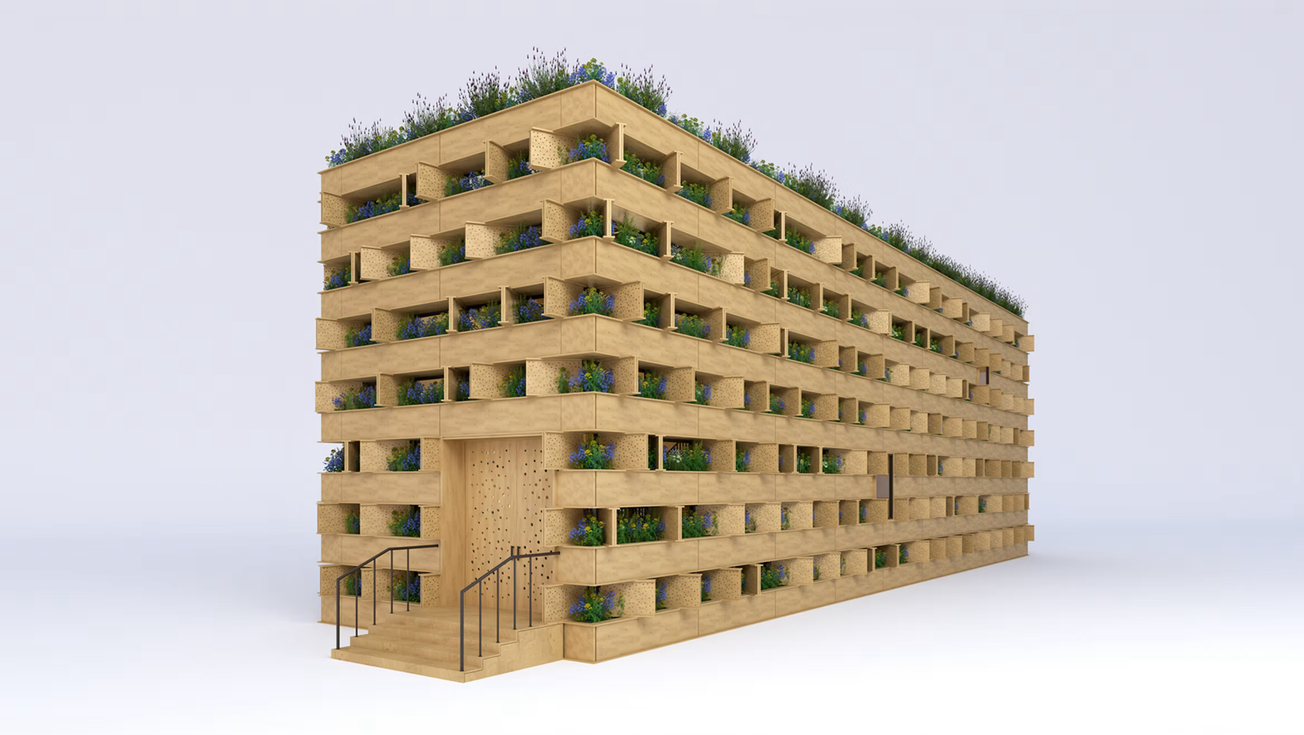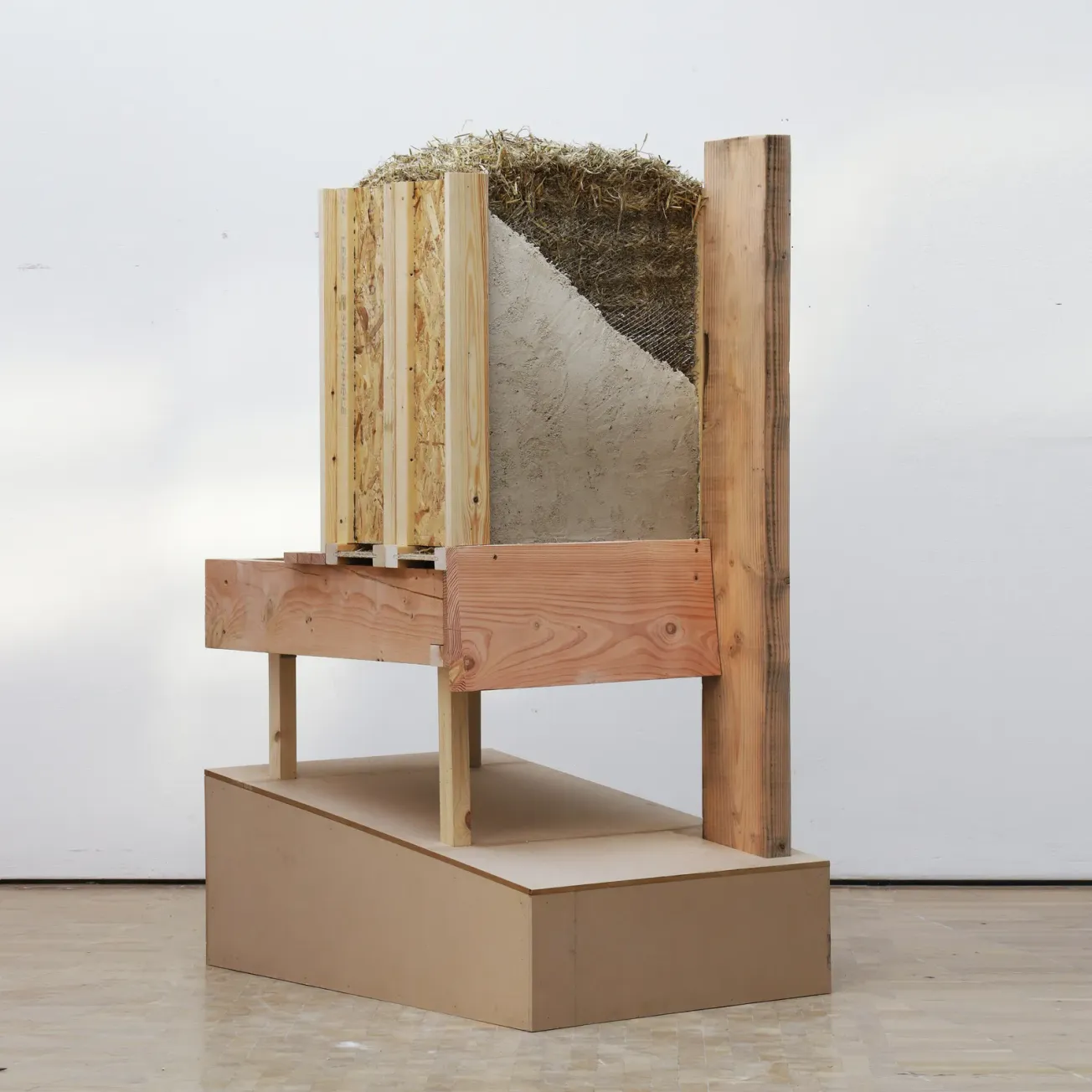In an era dominated by the pressing concerns of climate change, architectural practices finds itself at a crossroads, beckoning for a radical shift in how we envision and construct our buildings. Simultaneously, the relentless demand for housing and essential infrastructure is surging at unprecedented rates. A pivotal piece of the solution puzzle? Transforming the built environment from a carbon source into a potent carbon sink.
The United States alone is witnessing unprecedented growth in its built environment, with an estimated demand for a 2.5 million new housing units to bridge the nation's housing deficit. Buildings and their construction contribute to a staggering 39% of global carbon dioxide emissions. Of this figure, 28% emerges from operational carbon—reflecting the energy needed to power, heat, and cool buildings. Tremendous strides have been made in curbing operational carbon through energy-efficient designs, championed by policymakers, architects, developers, and engineers. Yet, the remaining 11% of carbon emissions stem from building materials and construction processes, encapsulated by the term "embodied carbon."
This embodied carbon, often underestimated, can constitute half of a building's total carbon footprint throughout its lifetime. The repercussions of inaction loom large. Greenhouse gas emissions have ballooned by 90% since 1970, and a mere 1.5% rise in global temperatures could unleash catastrophic consequences for ecosystems and human societies, including the United States.
Embodied carbon has assumed a central role in the agendas of environmental organizations, architects, and urban planners, including notable entities like C40 Cities, Architecture 2030, the Urban Land Institute, and the World Green Building Council. Experts and advocates contend that addressing embodied carbon in building materials is essential to align with the objectives of the Intergovernmental Panel on Climate Change (IPCC) and the 2016 Paris Climate Agreement. The quantification of embodied carbon is a result of rigorous life cycle assessments (LCAs) performed on products, assemblies, or entire buildings across defined life cycle stages. An LCA study yields various environmental metrics, one of which is the Global Warming Potential (GWP), the measure of embodied carbon. By examining embodied carbon at each stage of a product's life cycle, we can gauge its impact and potential to mitigate climate change.
As buildings continue to evolve into energy-efficient havens, the prominence of embodied carbon derived from materials takes center stage. In the not-so-distant future, embodied carbon is poised to become the primary contributor to building emissions. It is here that the choice of materials, whether concrete, steel, or wood, plays a pivotal role in crafting a lower carbon footprint. Intriguingly, wood stands as an eco-champion in this narrative.

Wood's magic lies in its capacity to lock away carbon over extended periods. Approximately 50% of wood products consist of carbon by dry weight. When wood is incorporated into buildings, it offers an extraordinary environmental benefit by storing carbon drawn from the atmosphere. This inherent capability to sequester, or "embed," carbon positions wood as an ideal building material, tailor-made for structures intended to endure. In essence, a wooden building transforms into a substantial carbon sink, a feat unmatched by other structural materials.
The compelling case for timber as a potent ally in the battle against climate change is buttressed by a burgeoning body of research. In a recent study published in the esteemed journal Nature Sustainability, researchers from the Potsdam Institute for Climate Impact Research in Germany explored four potential scenarios of timber utilization in construction over the next three decades. Their findings illuminate a spectrum of possibilities, from the status quo of minimal wood usage to a revolutionary scenario where 90% of new constructions embrace timber. The ramifications of these scenarios are staggering, with carbon storage ranging from 10 million to nearly 700 million tons annually.
While the study initially focuses on European timber construction, it has significant global implications. Ali Amiri, one of the researchers, envisions their model serving as a roadmap to amplify wooden construction worldwide, emphasizing the latent opportunity for buildings to serve as long-term carbon repositories.
The rise of timber-intensive construction hinges on the foundation of well-managed and sustainable forest practices. As co-author Christopher Reyer from PIK emphasizes, protecting forests from unsustainable logging and various threats is paramount if timber's role is to be substantially magnified. North America, notably, boasts well-established sustainable forest management. Forests in the U.S. and Canada operate under comprehensive federal, state, provincial, and local regulations that safeguard water quality, wildlife habitats, soil integrity, and other invaluable natural resources. Remarkably, deforestation in North America ranks among the lowest on a global scale, and the pace of forest growth has consistently outstripped harvesting.
The urgent call to curb carbon emissions and usher in innovative carbon storage solutions casts a spotlight on the architecture, engineering, and construction sector. Industry leaders have risen to the challenge with resounding commitments, conducting pioneering research on carbon and climate and erecting groundbreaking demonstration projects. Structural timber emerges as an exceptional tool in the arsenal, sequestering embodied carbon and contributing to the minimization of carbon footprints in new constructions.
Wood plays a vital role in the collective efforts toward carbon reduction and combating climate change. As advocates and stewards of our environment, let us embrace the potential of wood as a transformative force in the domain of architecture, where sustainable choices are not only instruments of progress but also agents of healing for our planet.









